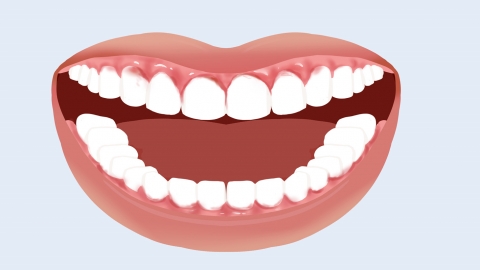What are the indications for pit and fissure sealants?
Generally speaking, pit and fissure sealing has clearly defined target populations and dental conditions. The main indications include individuals with newly erupted permanent teeth, deep pits and fissures on tooth surfaces, poor oral hygiene maintenance, a family history of dental caries, and absence of caries on adjacent tooth surfaces. Detailed explanations are as follows:
1. Newly Erupted Permanent Teeth
In children, the first permanent molars erupt at ages 6-8, and the second permanent molars erupt at ages 11-13. When these teeth first erupt, their enamel has not fully matured, and the pits and fissures on their surfaces are difficult to clean. Performing pit and fissure sealing at this time can quickly form a protective barrier on the tooth surface, preventing bacterial and food debris invasion, thus reducing the likelihood of caries. Additionally, the sealing material can better adhere to the unworn tooth surface.
2. Deep Pits and Fissures on Tooth Surfaces
Some individuals develop deep pits and fissures on their teeth during dental development. These fissures are narrow and deep, making them difficult for toothbrush bristles to reach during regular brushing. Food debris and bacteria tend to accumulate in these areas, which can easily lead to pit and fissure caries over time. Sealing these teeth can fill and flatten the deep fissures, eliminating cleaning blind spots and reducing the risk of caries.

3. Individuals with Poor Oral Hygiene Maintenance
Some children or adults may have incorrect brushing techniques, insufficient brushing time, or lack awareness of oral hygiene, leading to excessive bacterial growth in the mouth and easy accumulation of dental plaque on tooth surfaces. Even if these individuals' pits and fissures are not extremely deep, pit and fissure sealing can provide an additional protective barrier, helping to reduce the likelihood of caries.
4. Individuals with a Family History of Dental Caries
If parents or close relatives have a high incidence of dental caries, children may inherit a predisposition to develop caries more easily, with relatively weaker resistance to bacterial attack. For these children, timely pit and fissure sealing after the eruption of permanent teeth can offer early dental protection, reducing the risk of caries caused by genetic factors.
5. Teeth Without Adjacent Surface Caries
Before performing pit and fissure sealing, it is necessary to ensure that there is no caries or other lesions on the adjacent surfaces of the teeth. If caries is already present on adjacent surfaces, the affected area must be treated first before determining whether sealing is appropriate. Only teeth with healthy adjacent surfaces can focus on protecting the pits and fissures after sealing, avoiding compromised sealing effectiveness or delayed treatment due to untreated adjacent lesions.
Additionally, if deciduous (baby) teeth have deep pits and fissures and are prone to caries, pit and fissure sealing may also be considered upon a dentist's recommendation. After completing the sealing procedure, regular follow-up visits to the hospital are necessary to check the integrity of the sealant and ensure continuous protective effectiveness.









